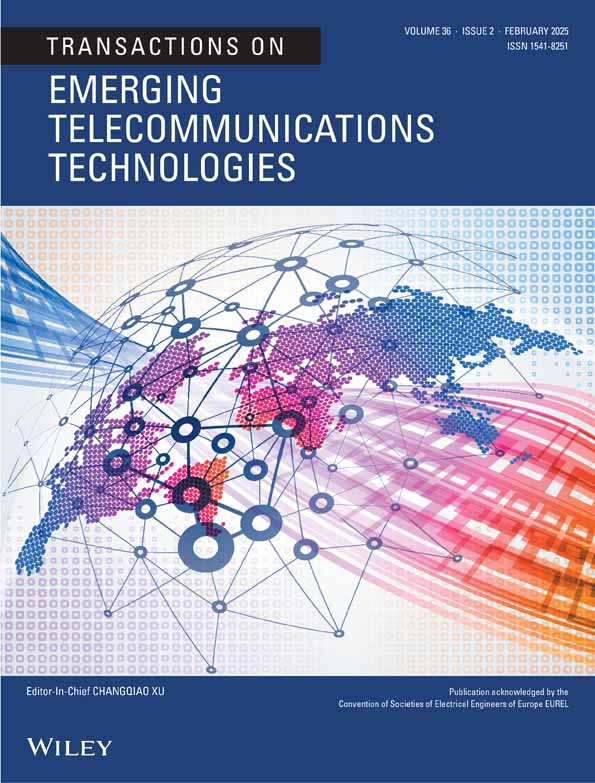Development of Heuristic Strategy With Hybrid Encryption for Energy Efficient and Secure Data Storage Scheme in Blockchain-Based Mobile Edge Computing
ABSTRACT
Internet of Things (IoT) devices is extensively employed to collect physiological health data and provide diverse services to end-users. Nevertheless, in recent applications, cloud computing-based IoT proves beneficial for standard data storage and ensuring high-security information sharing. Due to limitations in battery capacity, storage, and computing power, IoT devices are often considered resource-constrained. Consequently, data signing by IoT devices, aimed at ensuring data integrity and authentication, typically demands significant computational resources. Unsafe data storage and high latency are considered as the major issues in the IoT-based data storage mechanism for duplicating and misusing the information while it is stored in the cloud database. Hence, blockchain technologies are needed to provide high security over the stored data. Hence, the research aimed to implement an efficient blockchain-based data storage system in mobile edge computing, safeguarding data from unauthorized access. In this approach, it contains four layers that are cloud layer, the entity layer, the block-chain layer, and the edge computing layer. The user's data are stored in the optimal location in the entity layer, where the data storing location is find out using the proposed Hybrid Battle Royale with Archimedes Optimization Algorithm (HBRAOA). In the edge computing layer, an optimal key-based homomorphic encryption algorithm using Elliptic Curve Cryptography (ECC) is introduced to encrypt data with the most optimal key, ensuring secure storage. This encryption method leverages the same HBRAOA to enhance the efficiency. Next, the digital signature is demonstrated to give the authorization of the user, and it is distributed to the blockchain layer. Thus, the indexes of the shared data are stored in the blockchain layer to avoid fault tolerance and tamper-proofing. Finally, the cloud layer receives the valuable encrypted data, and the authenticated users with known encrypted keys are able to access the data by decrypting them. The result analysis shows that the performance of the developed model, which attains 27%, 98%, 35%, and 18% enhanced than Particle Swarm Optimization (PSO)-ECC, Black Widow Optimization (BWO)-ECC, Battle Royale Optimization (BRO)-ECC and Archimedes Optimization Algorithm (AOA)-ECC. The efficiency of the proposed blockchain-based mobile edge computing scheme with the optimization strategy is validated by conducting several similarity measures over the conventional methods.
Open Research
Data Availability Statement
Data sharing is not applicable to this article as no new data were created or analyzed in this study.




